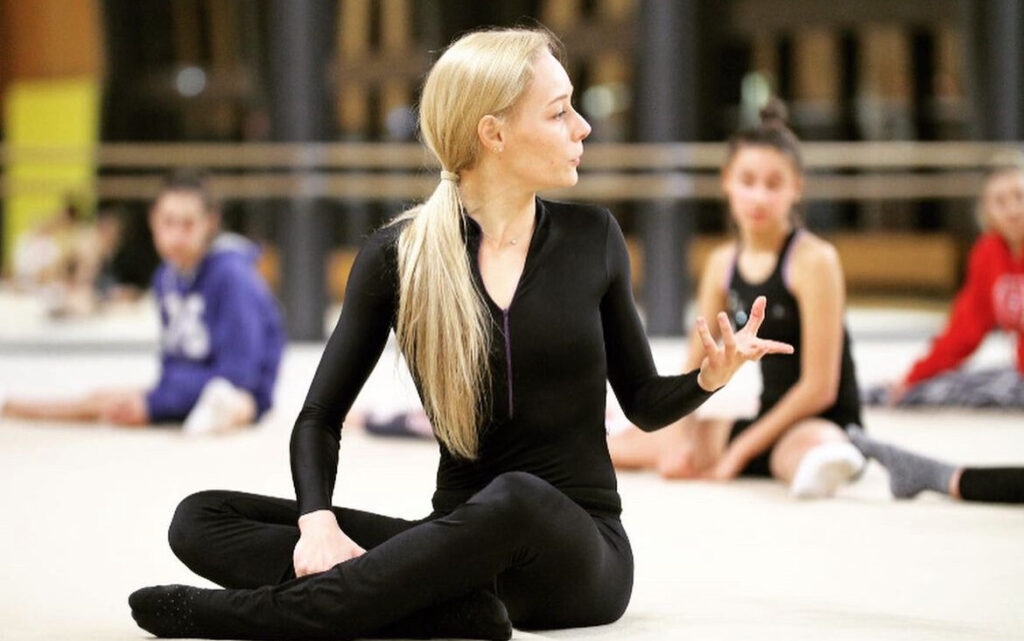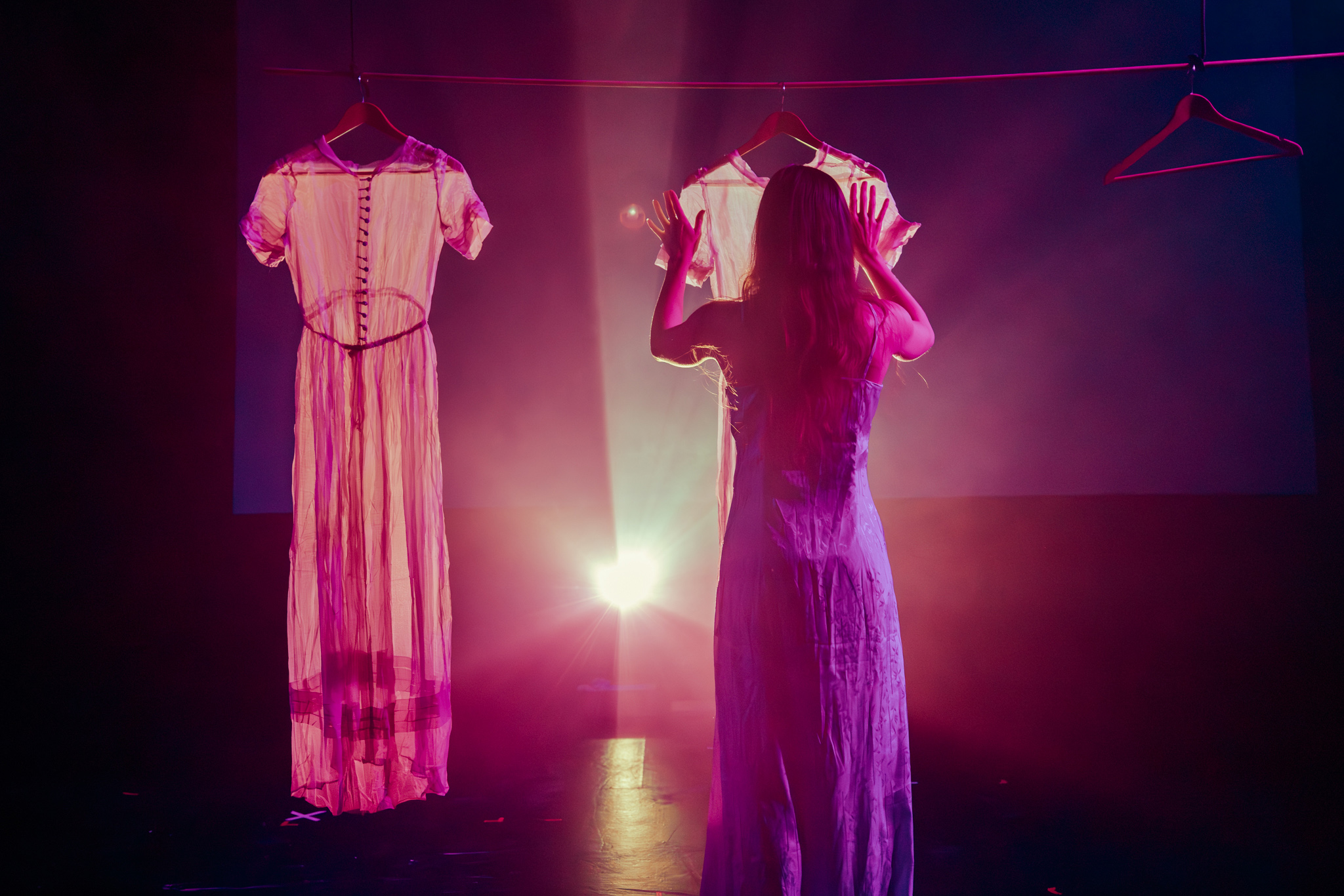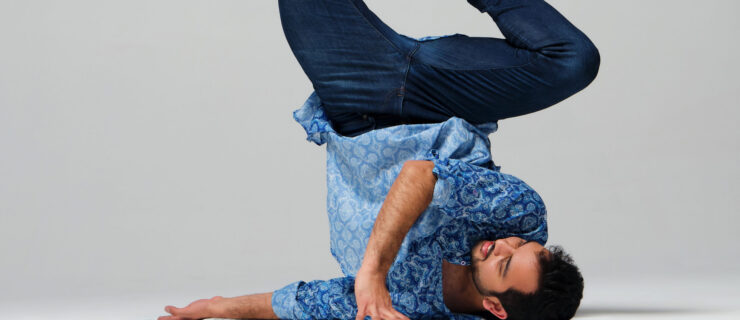How to Navigate a Performing Career While Grieving
While a leading dancer with Martha Graham Dance Company, Charlotte Landreau lost two loved ones: her cousin during the 2015 terrorist attacks in Paris and her boyfriend in a tragic accident during the pandemic. Because she was on tour when her cousin died, Landreau couldn’t return to France to mourn with her family. “My head was somewhere else, my heart was broken, and it was extremely challenging,” she remembers. “Thankfully, that time, dance saved me. The fact that I was able to express onstage things that I did not know how to put into words really helped me.”

After her boyfriend’s death several years later, she wasn’t able to find the same catharsis in dance, however. Landreau decided to leave the company and make a cross-country move to Jackson Hole, Wyoming, where she currently teaches at Dancers’ Workshop and dances in its ensemble. “I’m still dancing, but unfortunately that loss has hurt me so much that my priorities have completely changed,” she says.
Moving Through Grief
Navigating the death of a friend, relative, or partner is a profoundly emotional experience. Because grief also impacts the body on a physical level, the unique demands of a dance career can add additional challenges. “The way the body responds is such a huge part of dancers’ jobs,” says Olga Gonithellis, the founder of Creativity Mental Health Counseling, a New York City–based mental health practice that works with artists, performers, and other creatives. “Grief has physical symptoms that are wide-ranging.”
Gonithellis explains that grief can result in feelings of increased fatigue or flu-like symptoms and can also impact motivation, concentration, and memory. Loss that is unexpected and/or involves some form of trauma can result in an additional set of symptoms, such as dissociation, in which the “body and brain may feel kind of fragmented,” says Gonithellis. Feelings of anxiety, depression, and panic may also arise.
For dancers, the mental, emotional, and physical toll that grief takes on the body can present challenges in the studio and onstage. “You expect your body to be able to do certain things,” says Gonithellis. “After years and years of training, the body is supposed to know how to move a certain way and perform under pressure. That can be disrupted in the brain, particularly when it’s forced to have a fight-or-flight response to traumatic loss.”

For some artists, grief can provide a surge of creativity, offering an outlet for expressing challenging and complex emotions. After losing her mother to cancer, Lucy Jane Doherty, an Australia-based dance artist, channeled the experience into her Dancing for Jane project, a series of four dance films made in her mother’s memory. “Right after losing my mom, I actually felt a surge of energy,” Doherty remembers. “That was creative energy—that’s where I channeled it.”
Coping and Healing
Grieving is a deeply personal experience that impacts everyone differently, which means that the most effective tools for coping and healing are also very individual. Gonithellis suggests seeking a grief therapist with experience treating dancers or athletes, as they are often better able to understand the intricacies of navigating grief in conjunction with a dance career. She also encourages dancers to expand their network, possibly through joining a grief support group in the local community. If dancing or choreographing aren’t providing an effective creative outlet, Gonithellis encourages dancers to explore a different medium. Writing can be particularly helpful, she says, adding that keeping a journal is a great place to start.
Both Landreau and Doherty emphasize the importance of allowing ample time and space for grief and prioritizing self-care in the aftermath of a loss. Landreau treated her body as though she were nursing an injury, and focused on basic needs, like food, water, and sleep. “Those very simple things really helped my mental health to rebuild itself and my body to heal, so that I could stretch, get stronger and eventually dance again,” she says.
Doherty agrees that, when grappling with a loss, taking a step back from dance, work, and other responsibilities can also be an important step for healing. “It’s okay to just stop and do small things that nurture you,” she says. “Don’t have any big goals, you don’t have to do anything drastic. Just be in that stillness and be with that grief.”
Resources
Olga Gonithellis, Charlotte Landreau, and Lucy Jane Doherty recommend the following resources for dancers who are grieving:
Online
- Vitas Healthcare grief support groups: Choose from a variety of virtual, specialized grief support groups.
- Pathways Center for Grief and Loss Adult Support: Through this Pennsylvania-based facility, get information about a variety of virtual and in-person grief resources and support groups, plus connect with a grief counselor.
- Good Mourning: A podcast about grief
Books
- Bearing the Unbearable: Love, Loss, and the Heartbreaking Path of Grief, by Joanne Cacciatore, PhD
- Resilient Grieving: How to Find Your Way Through a Devastating Loss, by Lucy Hone, PhD





